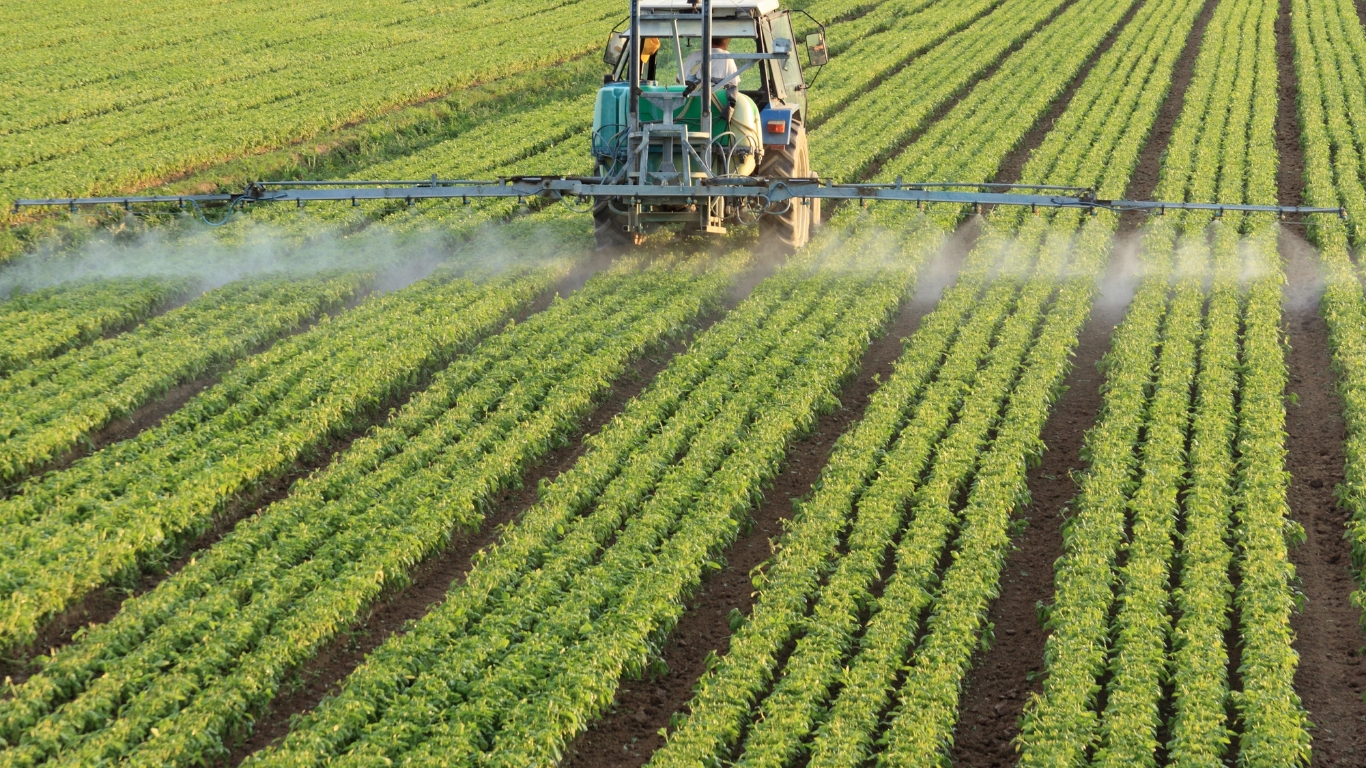The last couple of weeks, we have focused on the rise in fertilizer prices. Today, we are highlighting nitrogen price trends in the context of relative prices. Historical highs for nitrogen at $1,000/ton were reached in the summer of 2008. Of course, those levels have been reached and even surpassed recently. Other nitrogen price peaks occurred in 2011, 2012, and again in 2014. But are these the “most expensive” fertilizer prices farmers have paid? The answer depends on the crop you are producing.
Figure 1 below illustrates how fertilizer (nitrogen) typically follows corn price. Nitrogen and corn prices dating back to January 2000 are converted to an index of the respective series average (series average = 100%). The green line is the monthly index for the nearby Dec Corn Contract, while the red line represents a monthly spot price index for nitrogen. The black area shows the relative value of fertilizer measured in bushels of corn. For a corn producer, fertilizer is most expensive when it takes more corn to pay for it. Examining the relative price history, the fertilizer highs back in 2001, 2003, and 2005 were far more significant than they might first appear. Driven more by natural gas prices in that era, rising fertilizer coincided with flat or even falling corn prices. In November of 2005, a ton of nitrogen fertilizer was worth a series high of almost 250 bushels of corn. High nominal prices in 2011 and 2012 were accompanied by higher corn and the relative fertilizer value was closer to the more affordable 20-year average of 110 bushels per ton of nitrogen. In 2014 corn price fell quickly, while nitrogen held steady resulting in a relative value increase to almost 200 bushels.
Figure 1. Relative Prices (Nitrogen / Corn)

Cotton producers have faced a slightly different history because fertilizer is less connected to cotton price. Figure 2 illustrates the cotton and nitrogen price relationship. The relative value of nitrogen, measured in pounds of cotton, most often follows the nominal price of nitrogen. For the 20-year series, the average value of nitrogen was roughly equal to 620 pounds of cotton. While short-lived, the 2008 nominal price peak for fertilizer also represents the most expensive fertilizer value measured by equivalent pounds of cotton at almost 2,000 pounds. With all prices riding the same wave in 2010-11, the relative nitrogen value held steady at around 500 pounds of cotton per ton of nitrogen. Cotton prices retreated over the next 5-6 years, translating into a sustained period of relatively expensive fertilizer value which twice rose above the mark of 1,000 pounds of cotton per ton nitrogen.
Figure 2. Relative Prices (Nitrogen / Cotton)

The chart data stops in December of 2021, so where do relative values stand today? Since 2000, only twice has the relative value of nitrogen exceeded 200 bushels of corn. With corn at $5.75/bu. and nitrogen around $1,200/ton, the relative nitrogen value is 208 bushels. Similarly, a ton of nitrogen has rarely been valued at over 1,000 pounds of cotton, and today the value is closer to 1,200 pounds of cotton assuming a $1.00/lb. cotton price. Yes, commodity prices are higher and may offset some of the increased fertilizer prices. However, even relative nitrogen values are approaching all-time highs in this incredibly challenging environment.
Reference:
Outlaw, et al. Economic Impact of Higher Fertilizer Prices on AFPC’s Representative Crop Farms. Texas A&M University System, Agricultural and Food Policy Center Briefing Paper 22-01. January 2022.
Sources:
AFPC Briefing Paper 22-01, nitrogen prices compiled from DTN spot market price data for the last trading day of each month. The markets include New Orleans, Corn Belt, Southern Plains, South Central, Southeast and Florida. Corn and Cotton prices are author compiled of monthly futures prices of nearby harvest month contracts.
Klose, Steven, and J. Marc Raulston. “Relative Price of Nitrogen.” Southern Ag Today 2(7.3). February 9, 2022. Permalink








